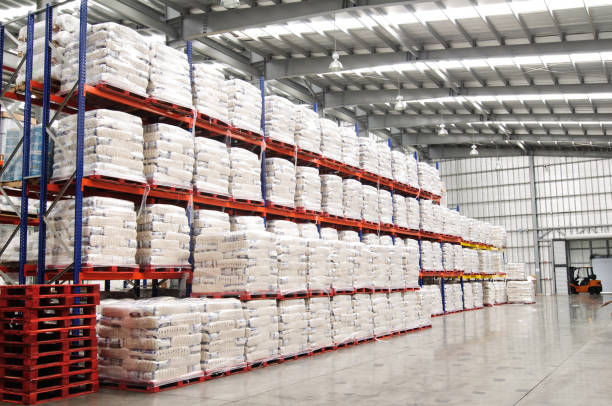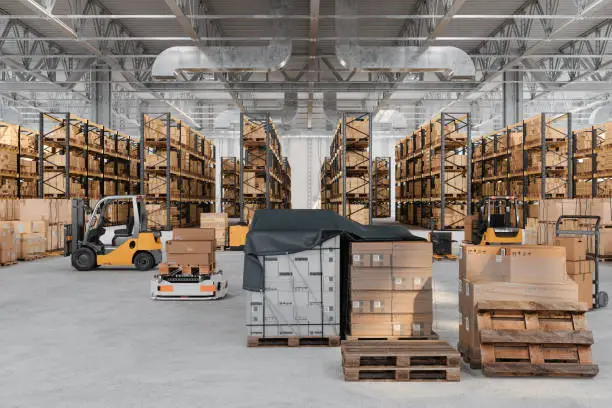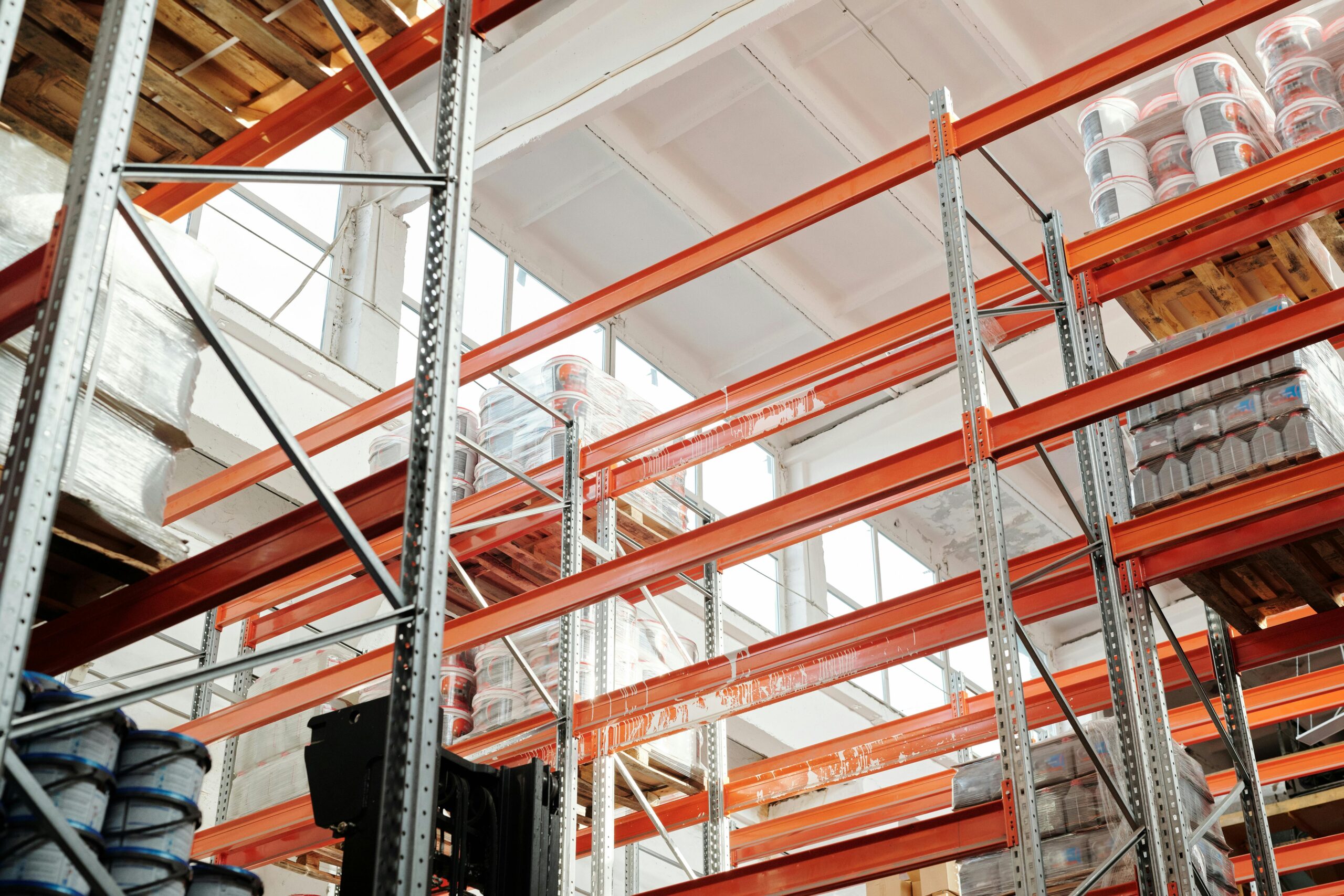Pallets are flat structures that support mechanical equipment like forklifts and can sometimes be moved by pallet jacks, front-end loaders, and cranes.
Pallets’ primary goal is to facilitate the smooth movement of items and prevent damage. Although their load handling capacity varies, most can withstand a significant size and weight. Therefore, pallets are essential in the logistics industry.
Advantages of Pallets
Pallets are environmentally friendly products that can be reused and disposable without violating environmental preservation principles. Some are made of wood, plastic, and metal.
Pallets are configured differently in design; some are assembled in a reversible format, and the rest are designed in stackable structures. Both structures are advantageous for packing and storing products in high-rise and generic locations.
Why Do They Vary in Configuration?
Each pallet is configured according to its intended use or purpose. Some are designed to carry heavy loads, while others can be used for light tasks. Depending on the nature of your business, it is advisable to research and understand various facets of the product.
Therefore, one must refer to the recommended guidelines before buying or hiring high-quality pallets. That includes CHEP pallets and Loscam pallets Australia. The following are ISO standard size pallet sizes that must be used as a guide;
- 1200mm x 1000mm (North America)
- 1000mm x 1100 mm (Aisa)
- 1165mm x1165mm (Australia)
- 800mm x 1200mm (Europe)
What Are the Types of Pallets?
Pallets present in various types and forms, each classified based on the material used to manufacture them. Like any other product, every kind of pallet has advantages and disadvantages. Pallets can also be configured in different sizes and shapes to align with work specifications.
One of the categories draws its strength from the horizontal boards called stringers. They also have top and bottom decks that aid in weight bearing. The following is a description of the most widely used pallets;
Injection-moulded pallets
This category of pallets is injection-moulded in structure and comes in different colours and sizes. They weigh less than wooden pallets and are easy to stack on storage fixtures, particularly in warehouses.
HDPE injection-moulded pallets last longer because they can withstand corrosion. They can also be recycled; the material is water resistant, so they can be cleaned using water. This type of pallet is commonly used in the food and pharmaceutical industry, considering expectations of high standards of hygiene and sanitation.
Stringer Pallets
Stringer pallets are recognised for providing more substantive support than block pallets. Given their design configuration, they provide additional reinforcement through the two boards between the top and bottom decks.
They also have another support structure that runs through the centre of the structure.
The pallet can only be lifted through the open sections based on the design and configuration. Those with a notch or four-way stringer pallets cut in the stringer, enabling the forklift to pick them easily. According to Australian standards, the CHEP pallets and Loscam pallets are most often classified as stringer pallets.
Double-wing pallets
Double-wing pallets are convenient because they can transport many products. The top and bottom decks extend beyond the stringers to facilitate additional surface area. These nonstandard-sized pallets
sometimes cause transportation challenges, so it is important to verify with the supplier before acquiring the product.
Roto Moulded Pallets
Rotational moulding is the process applied when designing roto-moulded pallets. These pallets are affordable and available in different sizes. They can be modified to increase their load-bearing capacity by adding steel frames. Roto-moulded pallets are used in industries where hygiene is prioritised.
- Double-Face Pallets
Double-face pallets are designed with both the top and bottom surfaces. The bottom deck increases strength and helps to distribute the weight evenly across the load. Considering that they have the top and bottom decks, they can be used on either side. Double-face pallets are commonly used in heavy-duty industries.
2. Solid Deck Pallets
A solid deck pallet consists of a single, continuous sheet of plastic, wood, or metallic material without a gap between them. The design provides a flat surface for the load.
Solid deck pallets prevent items from slipping through the gaps, giving them outright support for the load. They are suitable for moving small items that would otherwise slip through gaps if transported through other versions of pallets.
How Do You Choose the Best Pallet for Your Company?
Pallets are essential for storing and transporting items. The type, size, and loading capacity of the pallets required for your business’s operations will depend on your business’s nature.
Plastic pallets, such as those from CHEP Australia and Loscam Pallets Australia, can be recycled. They also have a longer life span than wooden pallets. Based on these qualities, plastic pallets are the most widely used type of pallet.
What Are the Key Factors to Consider When Choosing Pallets?
Dimensions of packaging:
The dimensions of your packaging, such as the height, width, and quality of items, determine the selection of a pallet.
Shipping Destination
Your pallet selection must be consistent with the ISPM 15 regulations, especially for companies intending to transport items offshore or overseas. Given the volume of international trade in Australia, pallets like Chep and
Loscam Pallets have gained popularity. However, verifying the pallet
relocation costs is essential before choosing one that suits your situation.
Budget
Minimising transportation and delivery costs is expected in the packaging industry. Your budget plays a critical role in your choice of pallet. Research has shown that hiring pallets is more cost-effective than acquiring them as part of capital expenditure.
Product Type
Your product is the key factor determining the pallet type to be used. The weight of the commodity, given the variations in their weight-bearing capacity, affects your choice of pallet. Depending on the product that
needs transportation, you can choose between wood, plastic, or metal pallets. For example, Loscam Plastic Pallets are ideal for food and beverages. In fact, options such as crates and beverage trays are available at CHEP and Loscam Pallets.
2. Frequency of use
If your shipping frequency is low, it is advisable to use reconditioned or second hand pallets. However if your frequency of use is high, it is important to choose materials with high readability thresholds.
3. Conditions of transportation
Different conditions determine the choice of a suitable pallet. These include temperature, storage conditions, and duration of transit. Pallets made of wood or paper are affected by moist conditions; hence, they are unsuitable for moist or wet conditions.
Summary
Therefore, it is important to consider the following factors when choosing a pallet type:
- Product type
- Frequency of use
- Budget (Financial Status)
- Shipping Destination
- Packaging Dimensions
- Transportation Conditions
Every type of pallet like wood, plastic or metal presents with unique specific advantages. That makes it imperative to assess the underlying factors buying or hiring pallets from suppliers like CHEP Australia or Loscam Australia for use in your business.







